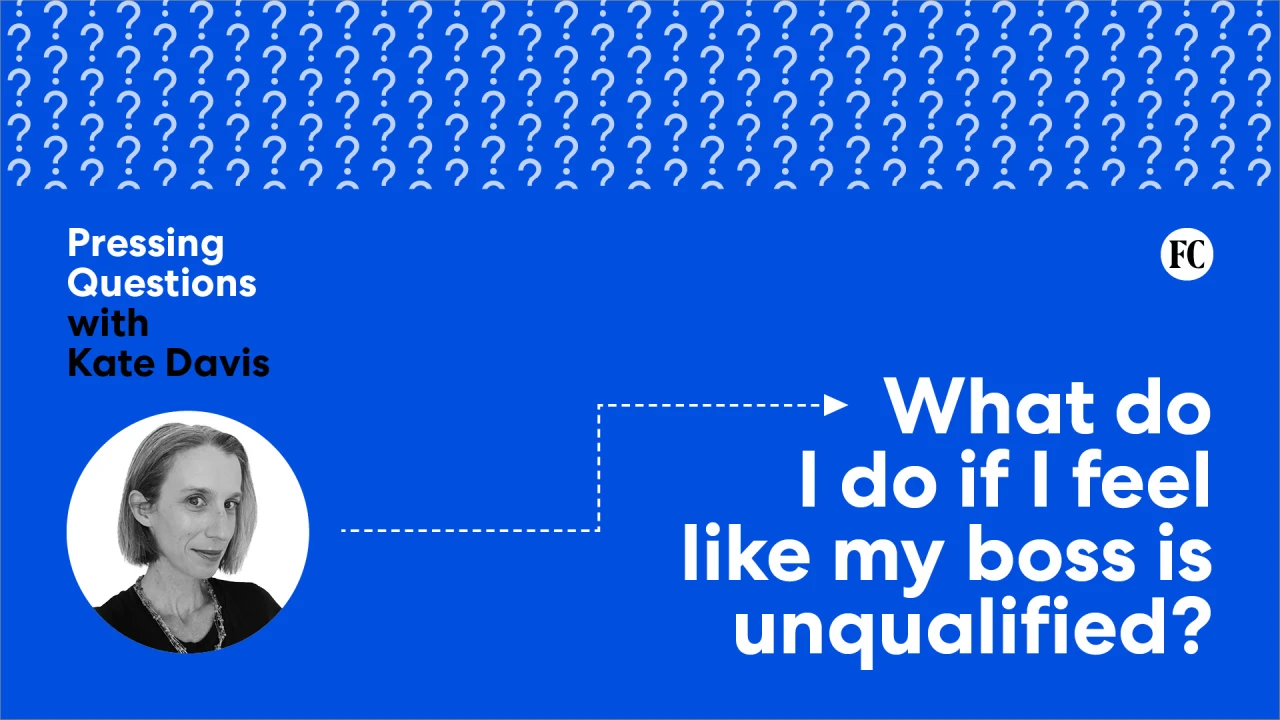10 Sales Tricks to Close Deals Faster

If you want to close deals faster, you need to implement effective sales strategies. Start by creating a sense of urgency with limited-time offers. Address potential objections by comprehending your prospect’s needs. Engage them through meaningful conversations and present multiple options to simplify their decision-making process. Highlight the value of your solution as you utilize testimonials to build trust. Each tactic can greatly impact your success, but there’s more to explore for ideal results.
Key Takeaways

- Create urgency by highlighting limited-time offers or exclusive deals to prompt quicker decision-making.
- Address objections directly by asking prospects about their concerns and tailoring responses to their needs.
- Engage prospects through discussions about their preferences, fostering collaboration and deeper understanding.
- Present multiple options to simplify the decision-making process and align with different budgets.
- Utilize social proof, such as customer testimonials and case studies, to build trust and credibility.
Creating a Sense of Urgency

When you’re looking to accelerate the decision-making process for your prospects, creating a sense of urgency can be highly effective. Use phrases like “limited time offer” or “only a few spots left,” as these can motivate quicker responses.
Research indicates that prospects are 50% more likely to act when they perceive scarcity or time-sensitivity, enhancing your chances of closing deals swiftly. Communicating the risks of delaying, such as missing exclusive benefits or losing a competitive edge, reinforces this urgency.
Highlighting limited-time discounts or exclusive deals adds value and encourages prompt action. Remember, transparency is essential; guarantee that the urgency you create is genuine. This builds trust and encourages prospects to make quicker decisions without feeling pressured.
Making an Assumption

In sales, making an assumption can often pave the way to quicker deal closures. By confidently presuming that your prospect is ready to move forward, you can reduce hesitation and encourage decision-making.
Here are three key points to reflect on:
- Frame Your Questions: Ask questions like, “Is this the type of product you were looking for?” This can lead the prospect to affirm their interest.
- Build on Rapport: Use this technique after a strong presentation of benefits, as it reinforces established connections.
- Maintain Positivity: Keep a respectful tone to guarantee the prospect feels valued, not pressured.
When done correctly, making an assumption creates urgency and momentum, prompting prospects to commit sooner.
Asking a Sharp-Angle Question

Asking a sharp-angle question can effectively guide your prospect toward making a decision. This technique involves directly addressing their needs, such as, “If our product can solve your problem, would you be ready to move forward today?”
Use this approach after receiving positive feedback, as it leverages their interest to prompt immediate action. Sharp-angle questions clarify the prospect’s commitment level, helping you gauge their readiness to close the deal.
Nevertheless, timing and rapport are essential; if the prospect isn’t receptive, this technique might backfire. By steering the conversation toward a decision point, you can improve closing rates, shifting smoothly from discussion to action.
Implement this strategy thoughtfully for ideal results.
Offering an Alternative Option

Offering an alternative option can greatly improve your sales strategy by catering to the specific needs of your prospects. This technique not only addresses hesitations regarding price or features, but it additionally empowers your prospects to feel in control of their decision-making process.
Here are three ways to effectively implement this strategy:
- Present Multiple Choices: Offer two or more options that align with different budgets or requirements.
- Highlight Value: Use the alternative to emphasize the strengths of your primary offer, making it seem more appealing.
- Facilitate Decision-Making: By giving prospects choices, you simplify their decision process, increasing the likelihood of closing the sale.
Using this approach can greatly improve your chances of success in sales.
Summarizing the Points

To guarantee your prospect fully grasps the benefits and solutions discussed during your sales conversation, summarizing the key points is essential. A well-crafted summary reinforces the prospect’s problems, the corresponding solutions offered, and the unique value proposition. This clarity helps solidify their decision to close the deal.
Here’s a quick reference table for effective summarization:
| Key Point | Action Item |
|---|---|
| Recap Problems | Identify and restate the issues |
| Highlight Solutions | Clearly outline the proposed solutions |
| Value Proposition | Emphasize the benefits of your offer |
| Shift to Commitment | Ask when they’d like to start |
Effective summarization not only addresses misunderstandings but also boosts the prospect’s confidence in making a buying decision.
Inquiring About Objections

When you’re in a sales conversation, it’s essential to ask about any objections your prospect may have.
By comprehending their hesitations, you can clarify concerns and tailor your responses to meet their specific needs.
This approach not just helps you address misunderstandings but furthermore builds trust, paving the way for a more productive dialogue.
Understanding Prospect Hesitations
Comprehending prospect hesitations is crucial for closing deals effectively, as it allows you to address any concerns head-on.
By inquiring about objections, you can uncover the reasons behind a prospect’s reluctance, enhancing the chance of a successful sale.
Here are three key areas to explore:
- Budget Concerns: Understand if your pricing aligns with their expectations.
- Timing Issues: Assess whether the timing of your proposal fits their plans.
- Satisfaction with Current Solutions: Discover if they’re happy with their existing options.
Engaging in this dialogue shows that you value their concerns and positions you as a consultative partner.
Clarifying Concerns Effectively
How can you effectively clarify concerns during a sales conversation? Start by inquiring about objections directly. When you ask clarifying questions, you uncover the root of your prospect’s hesitations, allowing you to tailor your responses.
This dialogue not only improves comprehension but also builds trust. Make sure to validate their concerns; this shows you’re listening and care about their needs.
When you steer the conversation toward solutions, you promote a constructive discussion. Pay attention to signs of reluctance, and address objections at the right moment.
Listing the Pros and Cons

When you’re discussing a potential purchase, listing the pros and cons can be a valuable tool for your prospects.
This method lets them visualize long-term benefits as they clearly see the value compared to the cost.
Evaluating Purchase Implications
Evaluating purchase implications through a structured list of pros and cons can greatly improve your decision-making process. This method clarifies the value of a product or service by outlining benefits and potential drawbacks, making your choice easier.
Engaging in this evaluation can likewise reveal your priorities, allowing salespeople to tailor their pitch effectively.
Here are three key benefits of this approach:
- Enhanced Clarity: Clearly defined pros and cons simplify complex decisions.
- Trust Building: Buyers appreciate when sales reps help analyze options, nurturing credibility.
- Objection Handling: Addressing concerns directly helps alleviate hesitations, guiding you toward a positive decision.
Visualizing Long-Term Benefits
Visualizing long-term benefits through a structured pros and cons list can greatly aid your decision-making process. By listing the advantages and disadvantages of a purchase, you can visually compare the benefits against potential drawbacks. This not only clarifies your thoughts but also encourages you to articulate your needs and concerns.
Highlighting long-term benefits during this evaluation reinforces the solution’s value, showing how it addresses your challenges over time. In addition, this technique allows you to visualize the cost of inaction, emphasizing the risks of delaying your decision.
Engaging in effective pro/con discussions can boost your confidence in the purchase, ultimately promoting a more positive commitment to closing the deal.
Clarifying Value Versus Cost
Clarifying the value versus cost of a product or service is crucial for making informed purchasing decisions. By listing the pros and cons, you help prospects visualize the benefits against the costs, making the evaluation process clearer.
Here are three key points to reflect on:
- Enhanced Comprehension: Engaging prospects in evaluating pros and cons encourages collaboration and deepens their comprehension of how your solution addresses their specific challenges.
- Long-Term Perspective: This approach highlights long-term benefits that may outweigh immediate costs, leading to more favorable decisions.
- Encouraging Discussion: Motivating prospects to share their own lists promotes deeper discussions about their needs, increasing the likelihood of closing the deal.
Ultimately, this technique clarifies your offering’s overall value proposition, guiding prospects toward informed choices.
Using Testimonials and Case Studies

Incorporating testimonials and case studies into your sales strategy can greatly boost your credibility and effectiveness. Testimonials from satisfied customers can increase trust, as 79% of consumers say user-generated content influences their buying decisions. Meanwhile, case studies illustrate real-world applications of your product, showcasing measurable results that help prospects visualize success. Sharing relevant testimonials and case studies improves relatability, aligning your solution with the specific needs of potential buyers. Over 70% of buyers rely on reviews to make informed choices, emphasizing the importance of social proof. Importantly, incorporating case studies into your presentations can lead to a 30% increase in closing rates.
| Aspect | Impact |
|---|---|
| Customer Testimonials | Increase trust and credibility by 79% |
| Case Studies | Boost closing rates by 30% |
| Industry Relevance | Improve relatability and alignment with needs |
Selling Ownership of Your Solution

Selling ownership of your solution is crucial for building a strong emotional connection with prospects. When you help them envision themselves using your product, it boosts their commitment to the purchase.
Here are three effective strategies:
- Ask Insightful Questions: Encourage prospects to envision their success by asking, “How do you see this product transforming your operations?” This helps them create a mental picture of ownership.
- Share Success Stories: Provide compelling testimonials from past customers who achieved significant outcomes. This reinforces the potential benefits.
- Discuss Future Improvements: Engage prospects in conversations about the changes they could experience. This nurtures a deeper comprehension of your product’s value and strengthens their desire to buy.
Giving Something Just Because

When you’re looking to build rapport and improve your sales strategy, giving something simply owing to its value can be a transformative factor. Offering freebies, like complimentary services or products, boosts your main offer and creates an impression of added value.
This approach leverages the principle of reciprocity; when prospects receive something unexpectedly, they may feel inclined to reciprocate by closing the deal. By providing a small gift or service with no strings attached, you differentiate yourself from competitors and create a memorable experience.
Incorporating “just because” offers into your strategy increases trust, making prospects feel valued and appreciated. In the end, this technique cultivates goodwill, encouraging positive engagement throughout the sales process.
Frequently Asked Questions

How to Close Deals Quicker?
To close deals quicker, focus on creating a sense of urgency through limited-time offers.
Use the assumptive close technique by confidently discussing next steps, making it easier for prospects to visualize moving forward.
Offering a risk-free trial can help them experience your product, nurturing emotional attachment.
Summarize key benefits to reinforce value and maintain regular follow-ups with personalized communication, as consistent engagement increases the likelihood of closing deals effectively.
What Is the 1 10 Closing Technique?
The 1 10 Closing Technique involves presenting one compelling offer alongside ten specific benefits that illustrate its value.
By focusing on a single option, you simplify the decision-making process for your prospect, reducing feelings of overwhelm. The ten reasons help address objections and reinforce the offer’s advantages.
This technique is particularly effective in complex sales, where too many choices can lead to confusion.
You’ll find that it can lead to quicker decisions and closing times.
What Is the 3 Yes Technique in Sales?
The 3 Yes Technique in sales involves asking three strategically crafted questions that elicit positive responses from your prospect.
Start by confirming their needs, then align those needs with your product’s benefits. Each “yes” builds commitment and encourages agreement.
This method leverages the principle of consistency, making it more likely they’ll agree to a purchase.
Tailor your questions carefully to resonate with their pain points and goals for maximum effectiveness.
What Is the ABC Selling Technique?
The ABC Selling Technique, which stands for “Always Be Closing,” emphasizes maintaining a focus on closing throughout the sales process.
You should guide prospects toward a buying decision by addressing their needs and highlighting product benefits.
This technique involves applying various closing strategies at different stages, ensuring each interaction moves the prospect closer to a sale.
It’s crucial to be attentive to the prospect’s cues and adapt your approach for effective results.
Conclusion

Incorporating these sales tricks can greatly improve your ability to close deals faster. By creating urgency, addressing objections, and engaging prospects meaningfully, you streamline the decision-making process. Presenting options and utilizing testimonials builds trust as nurturing an emotional connection can lead to quicker commitments. Remember, offering something extra can further incentivize prospects. Implementing these strategies consistently will enhance your sales effectiveness and help you achieve your goals more efficiently. Stay focused on delivering value to your prospects.
Image Via Envato
This article, "10 Sales Tricks to Close Deals Faster" was first published on Small Business Trends
What's Your Reaction?
 Like
0
Like
0
 Dislike
0
Dislike
0
 Love
0
Love
0
 Funny
0
Funny
0
 Angry
0
Angry
0
 Sad
0
Sad
0
 Wow
0
Wow
0






















































![Olesia Glants turns the dancefloor into a sanctuary with new single “Save Me” [Music Video]](https://earmilk.com/wp-content/uploads/2025/08/A-2-800x561.jpg)








































